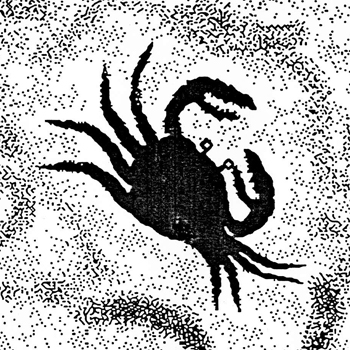What is movement, and how does one perceive it? One generally defines movement as a change in position. This, however, is an incomplete definition in and of itself, despite the fact that the other part is generally implied. Movement (of an object) is a change in its position with a change in time. We generally perceive movement through our visual receptors. The other sensory modes can also help in the perception of movement by receiving relevant stimuli that are then properly interpreted by the brain.
Visual perception, which is the major mode of observing movement, itself is possible only if there is relative movement between the object and the eyes. Even when we view stationary objects, the eyes vibrate so as to shift the image in order to receive the necessary stimulus. It is the brain that then decodes the visual message to form an image. The movement of any object may therefore be easily perceived.
Visual perception is essentially an educated reaction of the brain. In addition to the basic image formation by virtue of the optical stimulus, the significance of the image is only obtained through acquired pattern recognition and association as a result of continuous training during an individual's growth. Thus, identification of colour, texture, tone, size, depth or distance, and direction are attributes of a trained brain.
